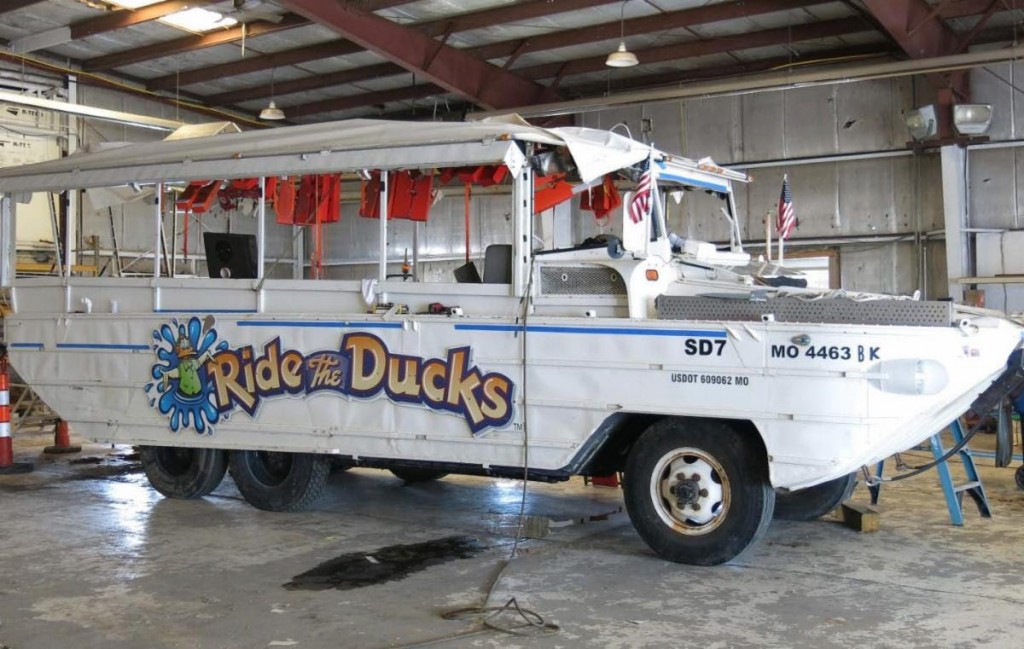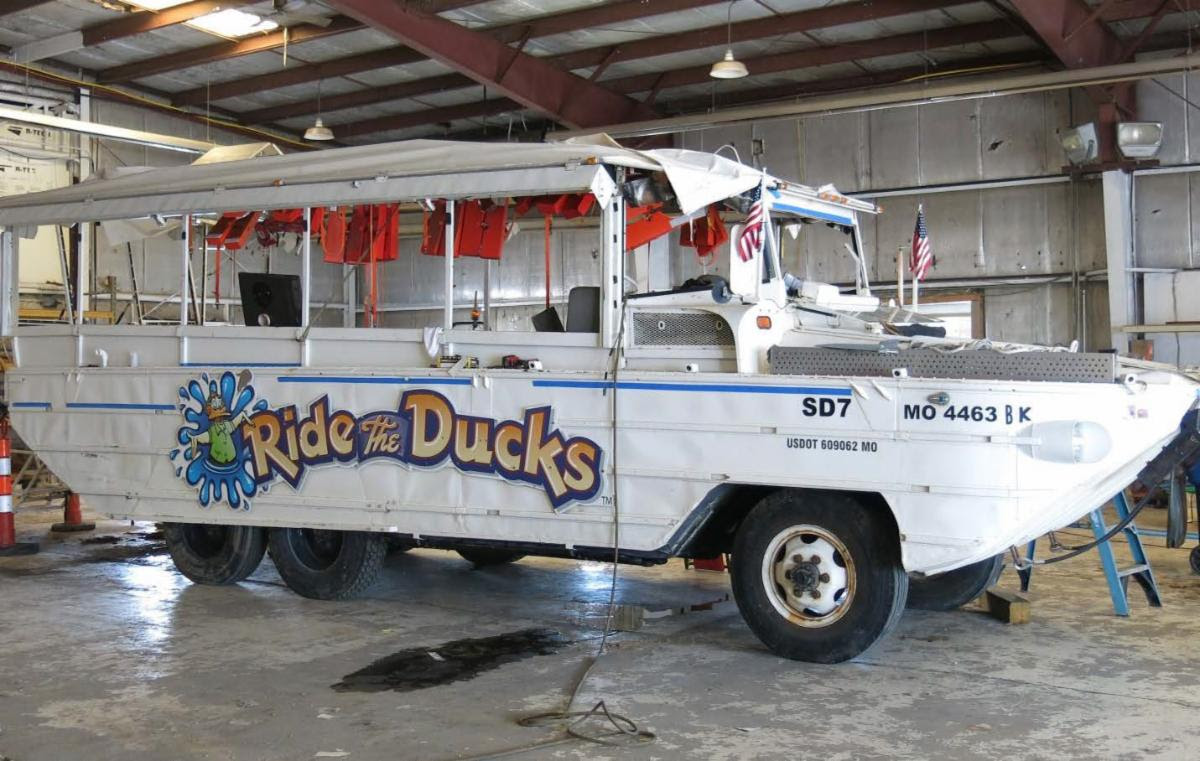(WASHINGTON) — The National Transportation Safety Board (NTSB) is providing the following information to urge the National Weather Service (NWS) and the Federal Aviation Administration (FAA) to take action on the safety recommendations in this report. In the interest of transportation safety, the recommendations address various concerns with malfunctioning automated surface observing systems (ASOS) and automated weather observing systems (AWOS), as well as their respective reporting capabilities, which can result in erroneous weather information being provided to the transportation community.
These recommendations derive from the NTSB’s investigation of a fatal accident involving a privately operated Cirrus SR22 that crashed while maneuvering at low altitude near Ely, Nev., on Feb. 15, 2019, as well as the investigation of the sinking of the amphibious passenger vessel Stretch Duck 7 on July 19, 2018, near Branson, Mo. The NTSB is issuing two new safety recommendations to the NWS and two new recommendations to the FAA to address identified safety issues.

Recommendations for the National Weather Service
Revise National Weather Service Instruction 30-2111 to clearly define “outage,” “failure,” and similar terms regarding individual automated surface observing system (ASOS) sensor and component performance and to include explicit maintenance actions intended to mitigate presumed erroneous ASOS sensor reporting that does not generate failure flags in maintenance monitoring data. (A-21-1)
Revise National Weather Service Instruction 30-2112 to provide operational (forecasting) staff at weather forecast offices the authority to determine whether report processing for an automated surface observing system sensor at an unattended site (or other site not currently being appropriately augmented) should be turned off immediately if the sensor is believed to be reporting erroneously but does not yield flags in its maintenance monitoring data and to include clear instructions for performing this task. (A-21-2)
Recommendations for the Federal Aviation Administration
Revise Federal Aviation Administration Order 7930.2S to make the standards for issuing notices to airmen (NOTAM) as they relate to automated surface observing systems (ASOS) consistent with the NOTAM issuance standards for automated weather observing systems, including criteria addressing inaccurate or unreliable ASOS sensor information and VHF outages. (A-21-3)
Establish maintenance standards to eliminate erroneous timestamping and related delayed longline dissemination of weather observations due to excessive internal clock drift and system events from affected automated weather observing system models. (A-21-4)
— National Transportation Safety Board

